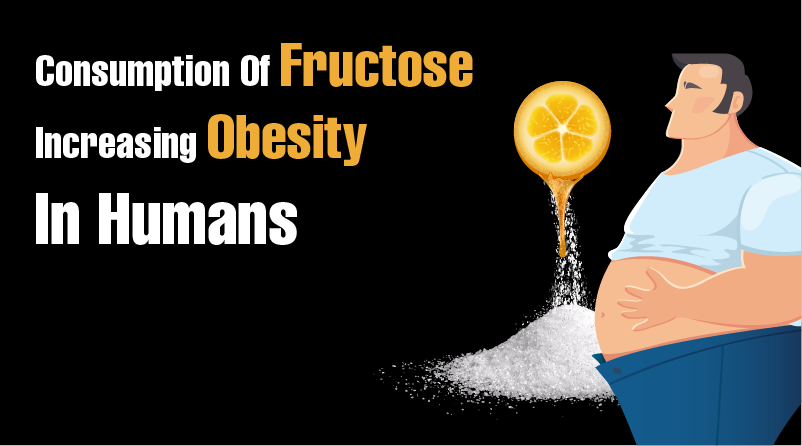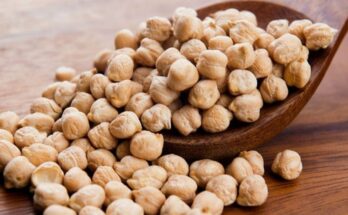From many years, everyone consumed fruits to maintain and improve their gut health. Studies had always shown that when the consumption of diet is rich in high fructose, the hair-like structures, villi, present on the small intestine walls, expanded the gut’s surface area. So that body can absorb nutrients and dietary fats from the food while passing through the digestive tract.
What Scientists Say
Recently some studies (conducted on the mice) concentrated on the effect of a high-fructose diet on villi and published that the mice fed fructose-rich food showed their villi expanded by about 25% to 40% than those mice which were fed food without fructose. Additionally, confirmation was possible when it was observed that there is an increase in villi length. It also contributed to higher nutrient absorption, weight gain, and fat accumulation in animals.
Many experts in medical-related to endocrinology, diabetes and metabolism told that as fructose is structurally different from other forms of sugars like glucose, so is its metabolism also different. They also found that this metabolism process of fructose supports intestinal tumor growth (if any).
What Findings Have Shown
Following previous researches, from various scientists and students, on different types of mice, further studies were conducted to study the behavior of villi. Earlier in 2019, it published that the consumption of fructose increased the tumor size in models using mice for colorectal cancer, which enabled the blocking of fructose metabolism preventing tumor growth to a certain extent. The study also found that fructose might also promote hyperplasia, or accelerated growth, of the small intestine after studying tissues of the mice treated with a controlled diet.
Research showed that the functioning of villi. There were three groups of mice, one with a normal low-fat diet, the second with a high-fat diet, and the third group with a high-fat diet with added fructose. After some days of feeding, the mice in the third group develop longer villi, had become more obese than the mice with high fat without fructose. We now know that when a specific metabolite called fructose-1-phosphate can accumulate at higher levels. When this metabolite reacted with a glucose-metabolizing enzyme called pyruvate kinase, there was a change in metabolism and growth in villus length and villi’s survival. When this enzyme (pyruvate kinase), which adds to the formation of fructose-1-phosphate, was removed, it was observed that fructose had no role in villi elongation.
Future studies also aim to connect the findings in mice to human beings. There are already studies going on to target the enzyme responsible for producing fructose-1-phosphate using some drugs under clinical trial. The cancer study centers aim at finding a way to repurpose these drugs to shrink the villi so that fat is absorbed less and slower the growth of a tumor. Many financial supports and appreciations are given to well-known scientists for their achievements are invited to be a part of many companies like Faeth, Pfizer, Novartis, Petra Pharmaceuticals, TruMacro Nutrition, etc.
These studies and developments could help explain the well-known link between increasedfructose consumption across the globe and increased rates of obesity and certain cancers.



